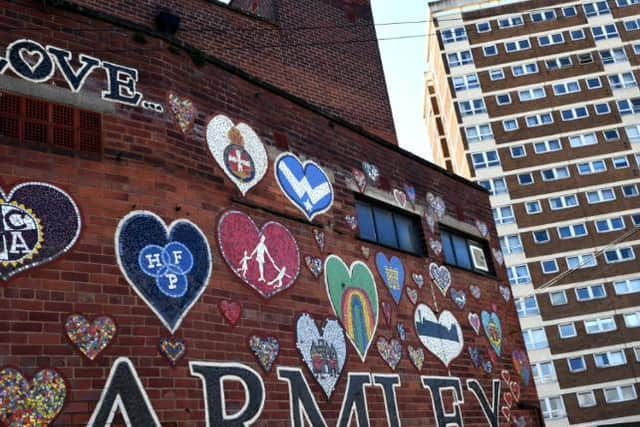Less wealthy areas doing ‘the heavy lifting’ with new housing, councillors claim
and live on Freeview channel 276
It comes as Leeds City Council is set to accept recommendations to scrap plans to allocate 37 green belt sites for new housing developments in its long-term Site Allocation Plan (SAP) document.
The recommendation to remove the sites were welcomed by Conservative councillor Barry Anderson, who told the council’s Development Plans Panel that the ruling Labour group had “finally caught up” with those who had campaigned to protect green belt areas.
Advertisement
Hide AdAdvertisement
Hide AdBut Labour councillors hit back, claiming the only reason green belt areas were allowed to remain undeveloped was because of the enormous amount of development in more urban areas, leaving communities without green space and amenities.


It follows a decision from the council to not resubmit 37 green belt sites for development after a High Court ruling decided the council should not have included them when the SAP document was first approved in 2019.
Council officer Janet Howrie told the meeting: “Given the position on housing land supply, it would be very difficult to demonstrate exceptional circumstances for the release of the 37 sites from the green belt.
“The preferred option is that none of the 37 sites are proposed as allocations and will remain as green belt land. There is now sufficient non-green belt housing sites without the need for green belt release.”
Advertisement
Hide AdAdvertisement
Hide AdCoun Barry Anderson (Con) said: “In welcoming the decisions before us, I am glad you have caught up with the rest of us who have been pointing this out and were told we were wrong for years and years.
“It is very sad that residents across this city have had developments take place in this area that were not needed, despite residents pointing it out.”
However, Armley councillor James McKenna (Lab) said the city centre and inner areas had an “over-supply” of 14,333 houses, which allowed the green belt sites to be removed.
He added: “Armley has the lowest amount of green space and sports pitches. I know we can’t do anything about it, but we are suffering in the inner areas with a lack of green spaces and playing pitches and town planning. That is what is getting us out of the mire.
“Nobody should ignore that fact because it is a fact.”
Advertisement
Hide AdAdvertisement
Hide AdHeadingley and Hyde Park councillor Neil Walshaw (Lab) said: “Inner areas of Leeds are doing the serious heavy-lifting when it comes to housing in the city. Elected members in outer areas, when you look at colleagues like myself and Coun McKenna, you should bear that in mind.”
He added that the council had been “evidence-led” throughout and had followed legal processes when drawing up the original SAP.
A question was asked on the status of sites in Horsforth and Scarcroft, which are included in the 37 green belt sites but are already going through the planning process.
Council officer Adam Harvatt said: “Through the planning decision process, applications can come through at any time. It is recognised that these are green belt sites, but that doesn’t stop the determination of planning applications.
Advertisement
Hide AdAdvertisement
Hide Ad“In the case of the Horsforth campus site, the very special circumstances argument was made on the delivery of 100 per cent affordable housing.
“With the Scarcroft Lodge site, it was felt that it satisfied requirements to redevelop brownfield land.”
The decision to keep the 37 sites in the green belt is set to be made by Leeds City Council’s executive board this month.